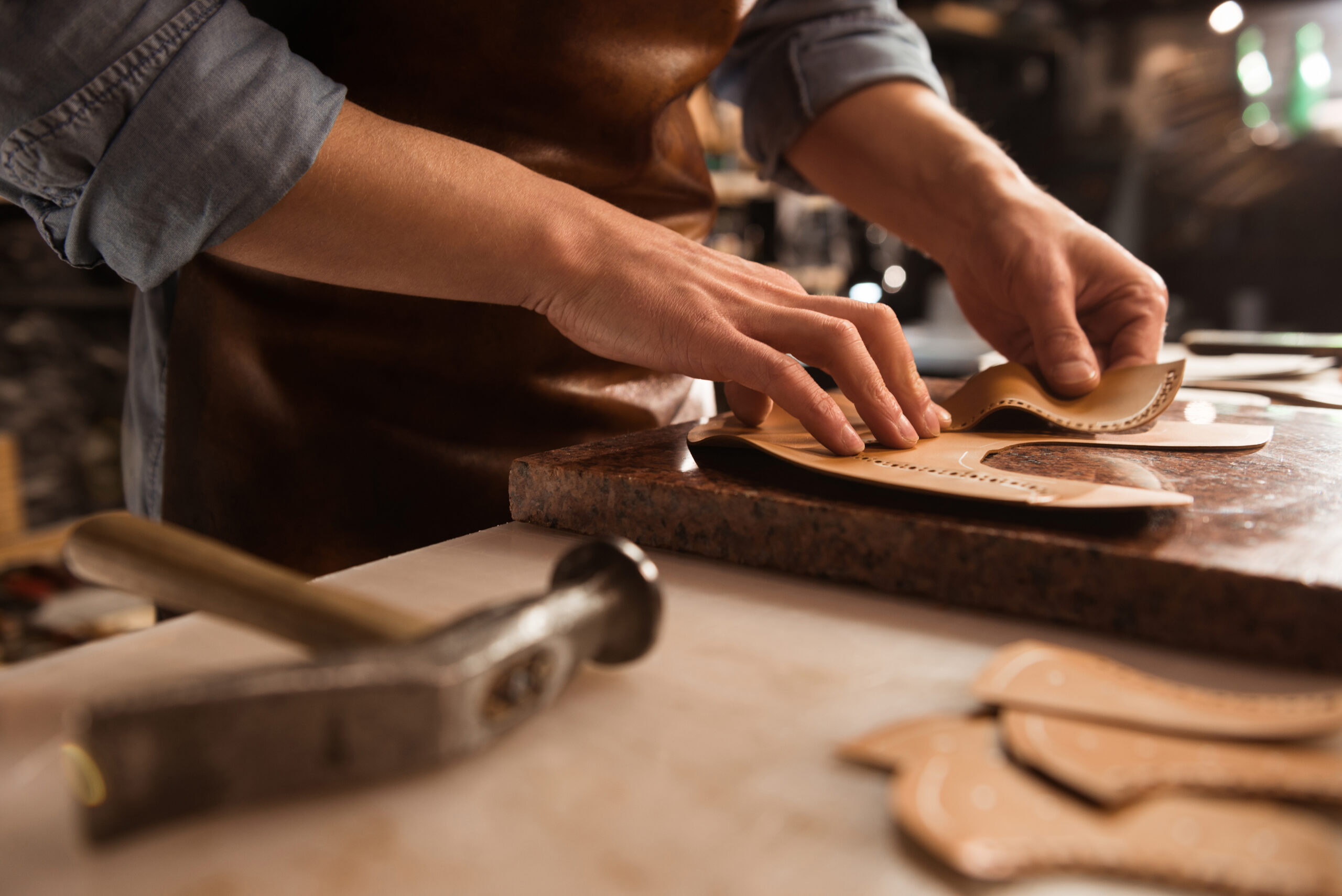In a world filled with factory-stamped products and mass-produced gear, there’s something deeply personal about a saddle that’s been hand-tooled by a skilled artisan. Every swirl, flower, or scroll on a hand-tooled leather saddle tells a story—a story of craftsmanship, tradition, and pride.
At Leatheryne, hand-tooling isn’t just decoration—it’s a legacy passed down through generations of Indian leatherworkers. Here’s why it matters.
What Is Hand-Tooling?
Hand-tooling is the process of carving intricate designs into leather using specialized tools. The leather is dampened, then shaped and patterned using manual force—no machines, no shortcuts. The result? Deep, textured patterns that are unique to every saddle.
Unlike machine embossing, which creates shallow, identical designs, hand-tooling gives each saddle character and depth. No two saddles are exactly alike.
Why Riders Love Hand-Tooled Saddles
Individuality
Your horse, your gear, your style. A hand-tooled saddle reflects your personality and your pride in the ride. Riders love knowing that no one else has a saddle exactly like theirs.
Craftsmanship
Hand-tooling is a visible sign of real, hands-on skill. The hours spent shaping floral borders or basket weave patterns are a mark of commitment—not something you’ll find in factory-made tack.
Durability
When done correctly, hand-tooled leather not only looks good—it lasts longer. The leather is thicker and treated with care, which means better resistance to wear, cracking, and fading.
Heritage
Hand-tooling is a tradition rooted in Western saddle culture—and it aligns beautifully with Indian leathercraft’s deep heritage. It’s not just art—it’s culture etched into every curve.
Inside the Leatheryne Workshop
At Leatheryne, our skilled artisans use traditional hand-tools passed down over decades. Each saddle is drawn, carved, and detailed entirely by hand. We don’t rush the process—because quality and beauty take time.





